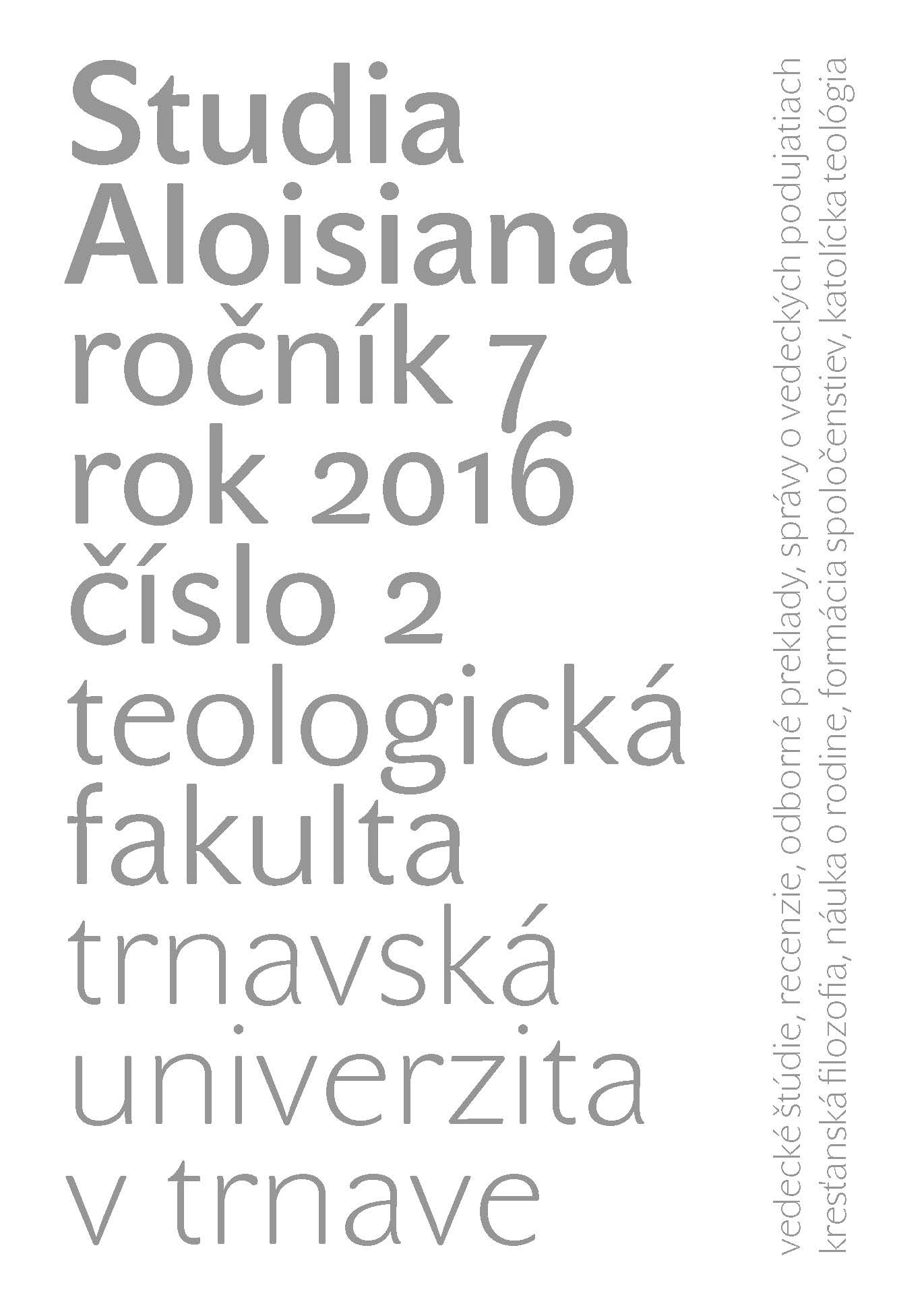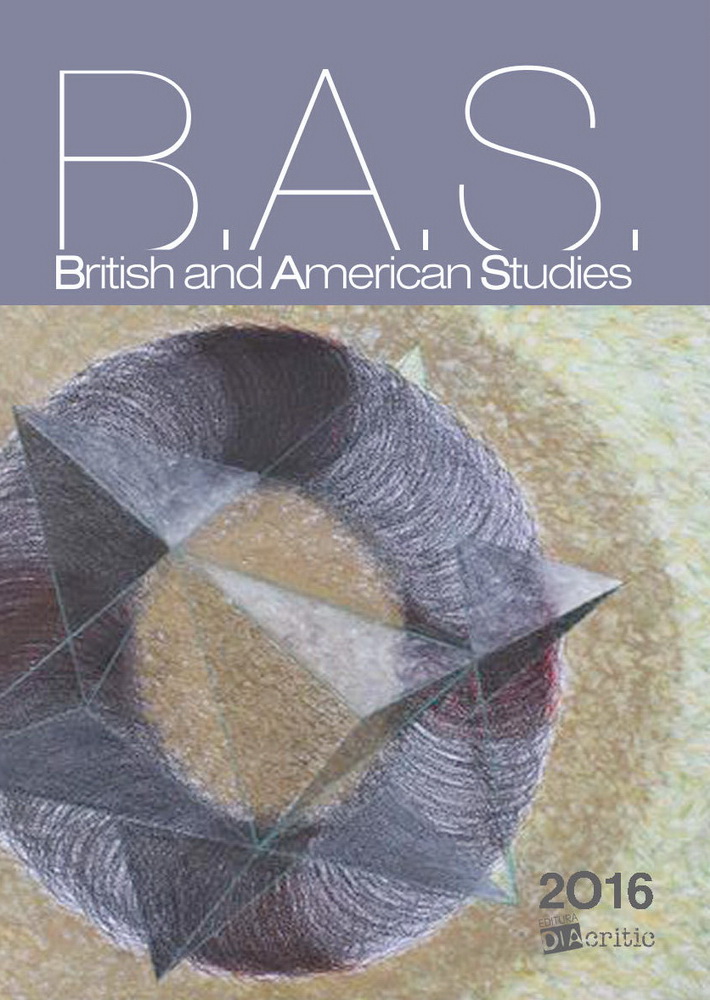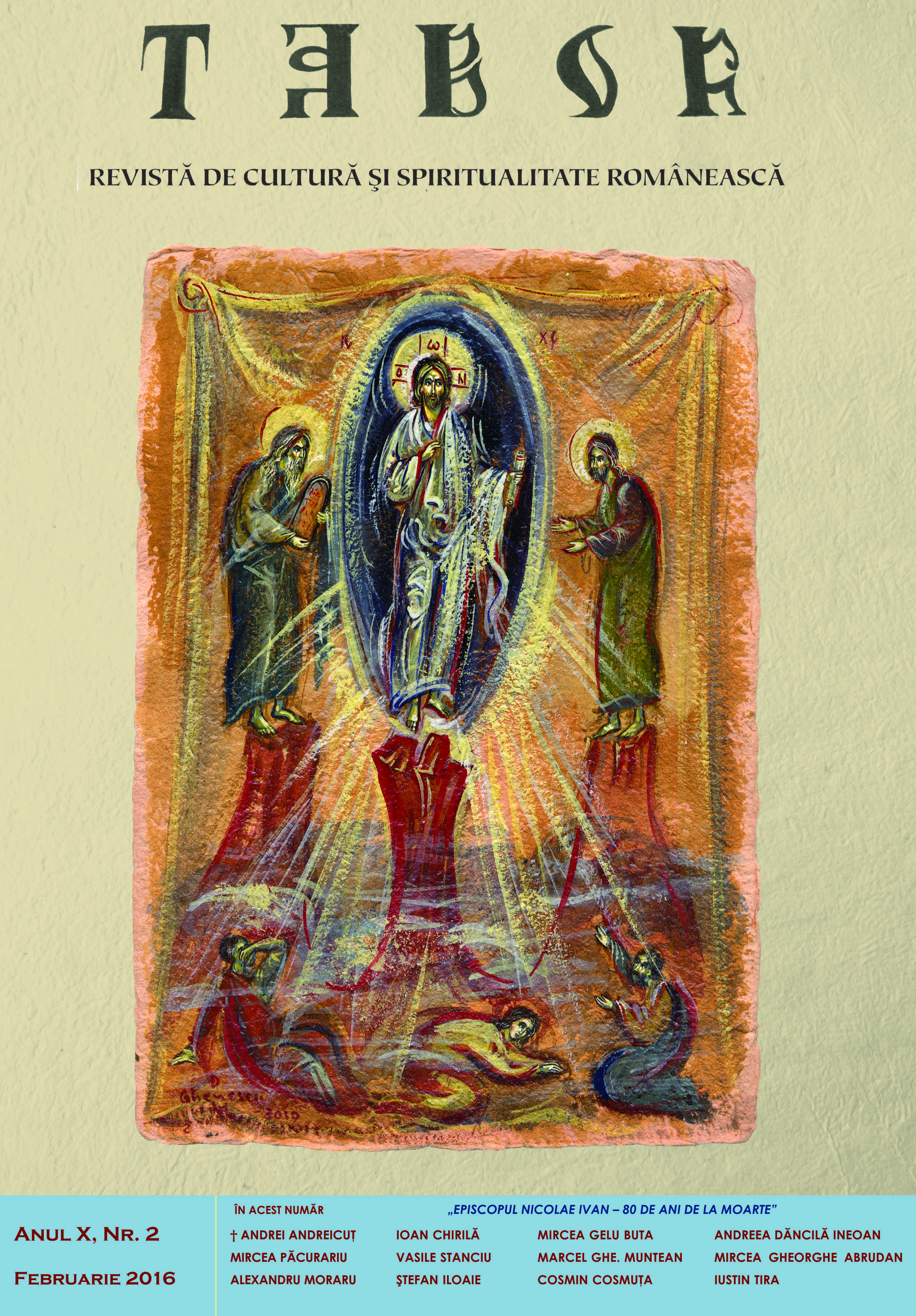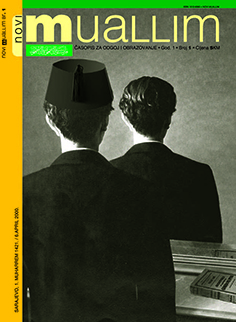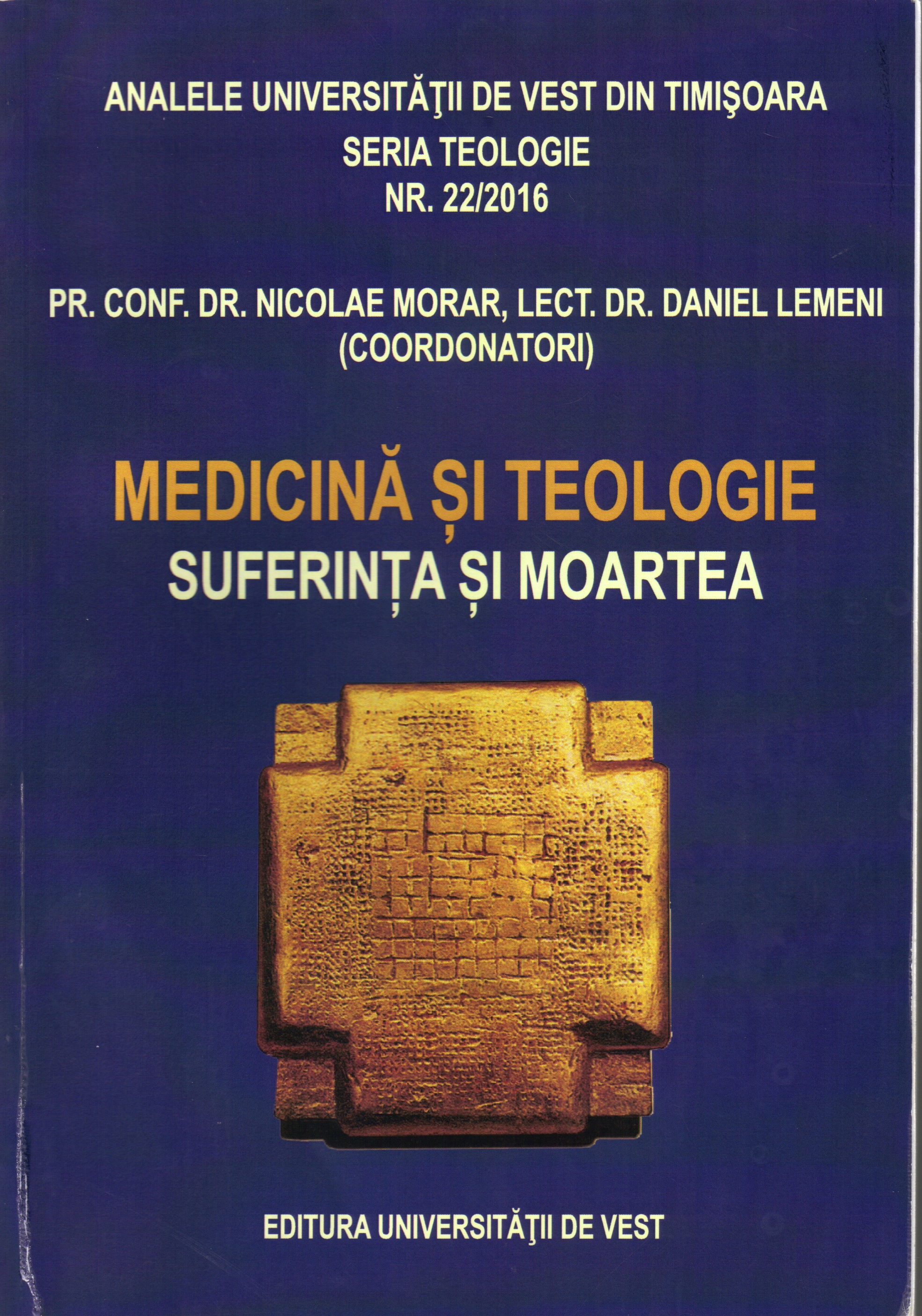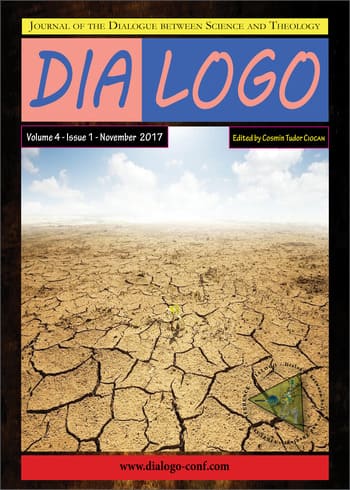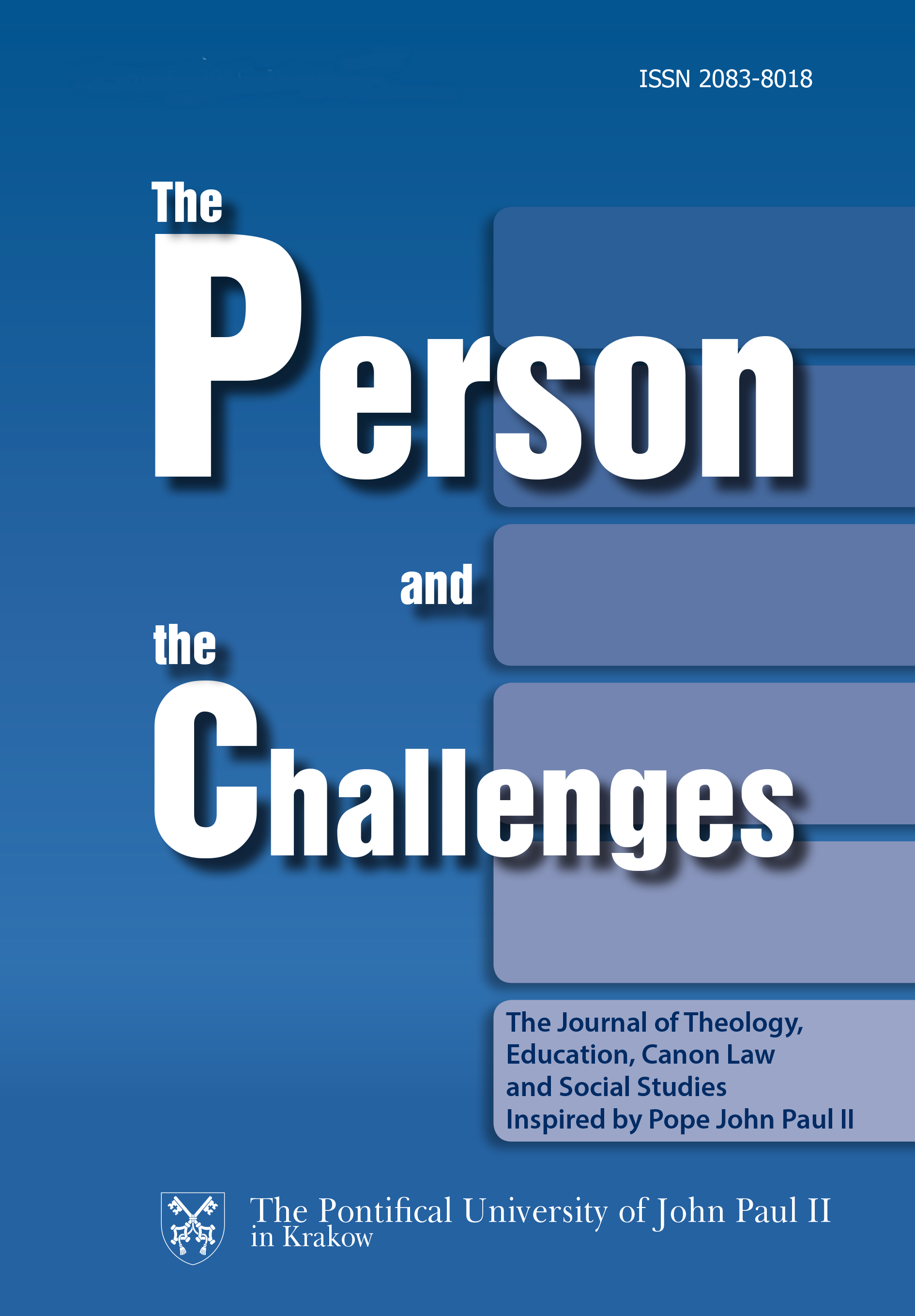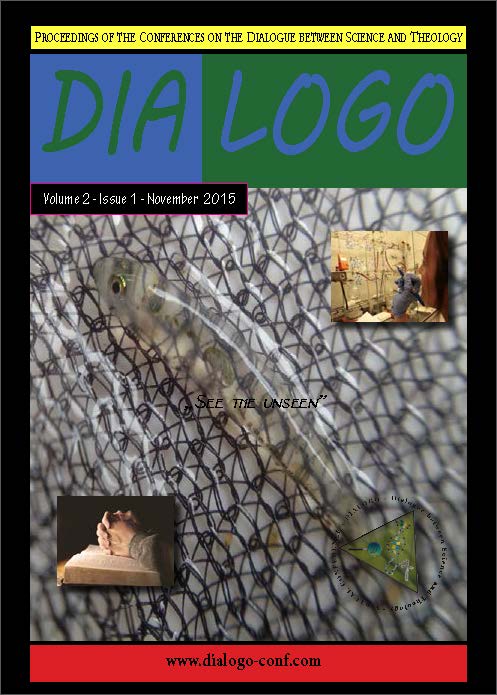
Asset revaluation for scientific supersonic-like technique
Newly information technology tools and materials worldwide, it would not only be affordable rates but also be difficult to strengthen copyright rules. It is also important to strengthen copyright rules. The aim of this research is to obtain the performance using affordable information technology such as freeware virtual machine and operating system free emulator. It was concluded that even with the poor performance powered mobile-CPU build-in mobile computer, it will be completed environment that high-resolution system finally make a revival situation for scientific supersonic-like technique. Also it is finding that the affordable virtual machine make a new grand-design future.
More...
